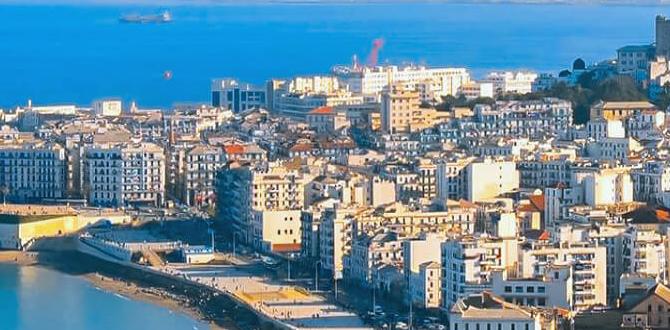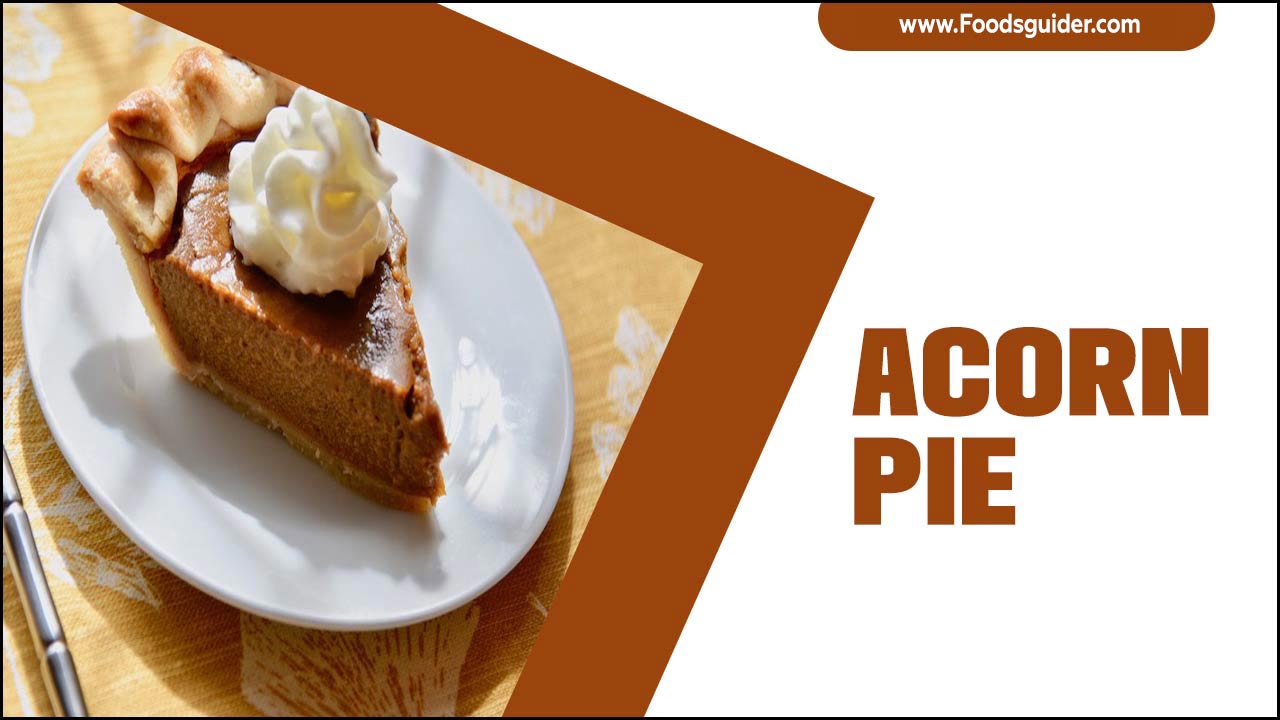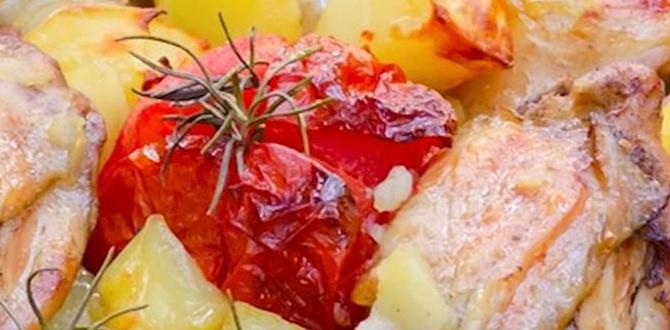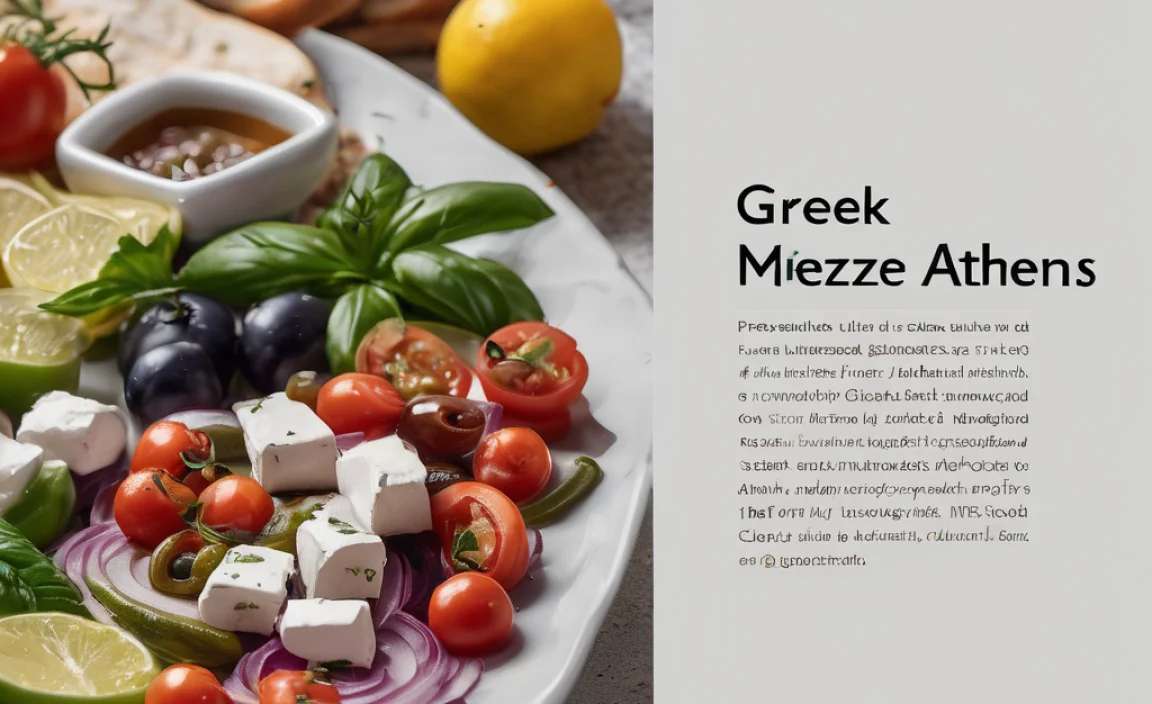Discover Korea’s vibrant kimchi festivals, where you can taste, learn, and celebrate this iconic fermented dish. Our guide helps you find the best events, understand what to expect, and make the most of your culinary adventure in Korea.
Planning a trip to Korea and love kimchi? You’re in for a treat! Kimchi is more than just a side dish; it’s a national treasure, a symbol of Korean culture, and a delicious source of probiotics. Korea truly celebrates this fermented wonder with exciting festivals throughout the year, offering a unique chance to immerse yourself in its rich history and incredible flavors. But knowing which festivals to visit and what to expect can feel a little overwhelming when you’re planning your fun. Don’t worry, we’ve got you covered! This guide will walk you through everything you need to know to experience the best of Korea’s kimchi festivals. Get ready for a flavorful journey!
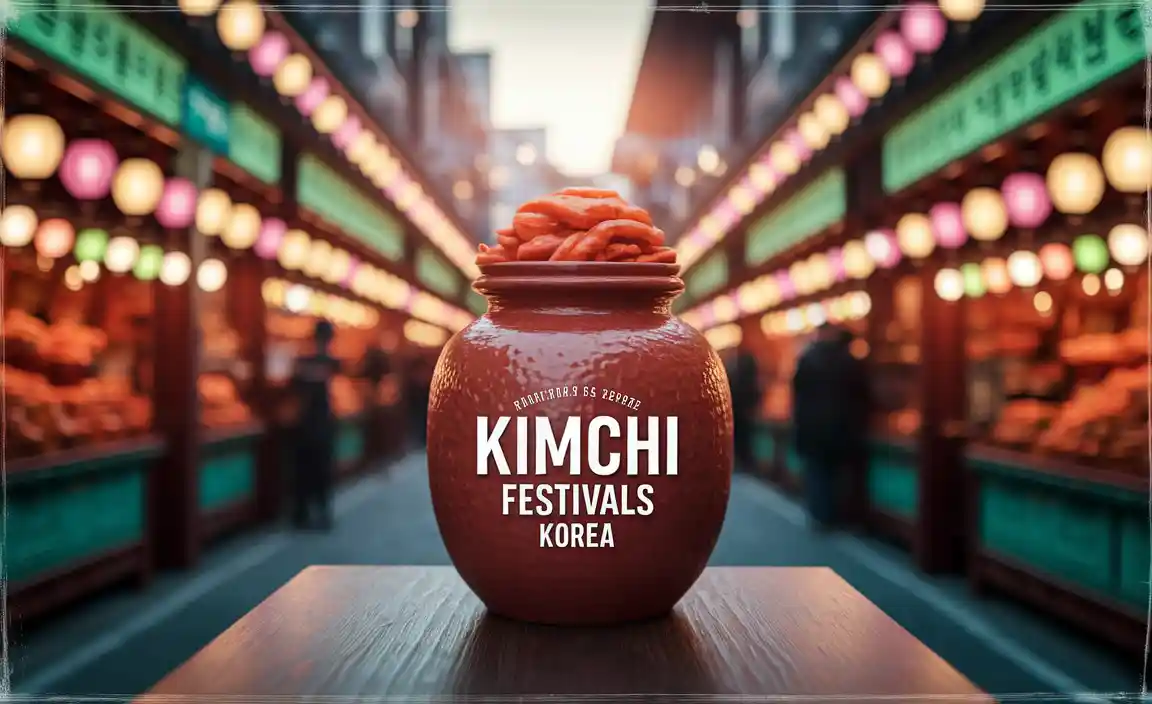
Why Celebrate Kimchi? The Heartbeat of Korean Cuisine
Kimchi isn’t just food in Korea; it’s a way of life. For centuries, families have gathered to make kimchi together in a tradition called “Gimjang.” This communal activity, recognized by UNESCO as an intangible cultural heritage, highlights the importance of kimchi in Korean society. It’s a food that connects generations, preserves memories, and provides essential sustenance. Its spicy, sour, and savory taste is a fundamental part of almost every Korean meal, from a simple bowl of rice to elaborate feasts.
These festivals are a direct reflection of this deep cultural significance. They serve as vibrant platforms to showcase the incredible diversity of kimchi, educate visitors about its health benefits, and celebrate the art of its creation. Imagine tasting dozens of unique regional varieties, learning the secrets of perfect fermentation, and even getting your hands dirty making your own batch! It’s a truly immersive cultural experience that goes far beyond just eating.
Navigating the World of Kimchi Festivals: Key Information
Korea hosts numerous kimchi-themed events annually, each with its own unique flavor and focus. While dates can shift slightly year to year, understanding the general timing and common locations will help you plan your adventure. These festivals are fantastic opportunities to discover regional specialties you might not find elsewhere, learn about the health benefits of fermented foods, and engage in hands-on activities.
Getting the most out of a kimchi festival involves a bit of planning. Knowing what to expect, what to bring, and how to get around will make your experience smoother and more enjoyable. We’ll cover the essentials to ensure you have a fantastic time exploring the world of kimchi.
When to Go: Timing Your Kimchi Adventure
The peak season for kimchi festivals often aligns with the cool autumn months, when communities traditionally gather for Gimjang (kimchi-making). This is also a beautiful time to visit Korea, with pleasant weather and stunning fall foliage. However, some festivals might pop up at other times of the year, depending on the specific region and their focus.
Here’s a general idea of when you might find these celebrations:
- Autumn (September – November): This is the prime season. Many major festivals celebrating the harvest and the traditional Gimjang period occur during these months. The weather is usually crisp and cool, perfect for outdoor events.
- Late Summer (August): With the heat and humidity a bit more managed, some regions might host early harvest or special kimchi events.
- Spring (March – May): While less common, some festivals might focus on “first kimchi” of the year or spring-specific ingredient versions.
It’s always a good idea to check the official tourism websites or festival organizers’ pages for the most current dates for the year you plan to visit.
Where to Find Them: Hotspots for Kimchi Celebrations
While kimchi is enjoyed nationwide, certain regions are particularly renowned for their kimchi-making traditions and often host the most prominent festivals. These areas usually have distinct styles of kimchi, influenced by local ingredients and history.
Some of the most popular locations include:
- Gwangju: Known as the “City of Kimchi,” Gwangju is perhaps the most famous hub. The Gwangju Kimchi Festival is often the largest and most anticipated event.
- Jeonju: Famous for its bibimbap and traditional Hanok Village, Jeonju also celebrates its unique kimchi varieties.
- Other Regions: Many other provinces and cities organize smaller but equally delightful kimchi events, often focusing on their local specialties. Keep an eye out for festivals in areas like Gangwon-do or Gyeongsangnam-do, which might highlight specific kimchi types.
Researching specific regional festivals can lead you to hidden gems and unique culinary experiences.
Top Kimchi Festivals in Korea: A Culinary Tour
Korea hosts several incredible kimchi festivals throughout the year, each offering a unique taste of this national treasure. While exact dates and details can change annually, here are some of the most notable and beloved events that offer a fantastic introduction to the world of Korean kimchi.
The Gwangju Kimchi Festival: The Undisputed Champion
When we talk about kimchi festivals in Korea, Gwangju often comes to mind first. This city, which proudly calls itself the “City of Kimchi,” hosts one of the largest and most comprehensive kimchi festivals in the country. It’s an event that truly celebrates every facet of kimchi, from its historical roots to its modern-day appeal.
What to Expect:
- Massive Kimchi Making: Witness or even participate in the making of enormous batches of kimchi, often setting records.
- Tasting Pavilions: Sample an astonishing array of kimchi from different regions and made with various ingredients.
- Gimjang Experience: Learn about the traditional communal kimchi-making process and its cultural significance.
- Culinary Competitions: See talented chefs and home cooks battle it out in kimchi-themed cooking contests.
- Cultural Performances: Enjoy traditional Korean music, dance, and other entertainment.
- Exhibitions: Explore displays detailing the history, health benefits, and diverse types of kimchi.
- Food Stalls: Beyond kimchi, enjoy other delicious Korean street food and local delicacies.
The Gwangju Kimchi Festival is usually held in late October or early November, perfectly timed for the Gimjang season. It’s an immersive experience that offers a deep dive into Korea’s most beloved food.
Jeonju Kimchi Culture Festival: Tradition Meets Modernity
Jeonju, a city celebrated for its perfectly preserved Hanok Village and its UNESCO City of Gastronomy status, also hosts a wonderful kimchi festival. The Jeonju Kimchi Culture Festival often blends traditional practices with contemporary culinary innovation, making it a fascinating event for all visitors.
Highlights Include:
- Regional Kimchi Showcase: Discover the unique kimchi styles of the Jeolla region, known for its rich and deep flavors.
- Hands-on Kimchi Making: Participate in workshops to learn how to make your own kimchi.
- Kimchi Pairing Experiences: Learn how different types of kimchi complement various Korean dishes.
- Local Gastronomy: Explore the wider food scene of Jeonju, sampling local specialties.
- Art and Culture: Enjoy artistic displays and cultural performances that celebrate Korean heritage.
This festival provides a wonderful opportunity to experience kimchi in the context of Jeonju’s renowned culinary heritage. It’s often held around the same autumn timeframe as other major festivals.
Other Notable Kimchi Celebrations
Beyond the two major festivals, various cities and regions across Korea host their own kimchi celebrations. These events might be smaller in scale but offer a more intimate and localized experience.
Examples include:
- Seoul Kimchi Festival (Historically): While the format has evolved, Seoul has previously hosted significant kimchi events celebrating its diverse culinary landscape. Keep an eye on official Seoul tourism announcements for any current iterations.
- Regional Gimjang Festivals: Many smaller towns and provinces organize events centered around the Gimjang tradition, showcasing their specific local kimchi recipes and community spirit. These are excellent for experiencing authentic, community-based celebrations.
- Specialty Kimchi Events: Occasionally, you might find festivals dedicated to a specific type of kimchi, such as radish kimchi (Kkakdugi) or cucumber kimchi (Oi Sobagi), highlighting the incredible variety available.
Always check local tourism boards or event listings for cities you plan to visit, as new and exciting kimchi-focused events can emerge.
Making Your Own Kimchi: Festival Workshops and Beyond
One of the most rewarding aspects of attending a kimchi festival is the opportunity to learn how to make kimchi yourself. These festivals often feature hands-on workshops led by experienced kimchi makers, providing a fun and educational experience.
What a Kimchi Workshop Usually Involves:
- Ingredient Introduction: Learning about the key ingredients like napa cabbage, radish, garlic, ginger, gochugaru (Korean chili flakes), and salted shrimp.
- Cabbage Preparation: Understanding how to salt and rinse the napa cabbage to achieve the right texture.
- Paste Making: Mixing the chili paste with other aromatic ingredients to create the flavorful filling.
- Application: Carefully spreading the paste between the cabbage leaves.
- Packing: Learning how to pack the kimchi into containers for fermentation.
These workshops are designed for beginners and are a fantastic way to gain confidence in making your own kimchi at home. Many festivals also sell essential kimchi-making supplies, making it easy to start your culinary journey right away.
Essential Tools for Your First Kimchi Batch
If a festival workshop inspires you to make kimchi at home, you don’t need a lot of fancy equipment to get started. The basics are quite manageable.
- Large Bowl: For salting the cabbage and mixing ingredients.
- Gloves: To protect your hands from the chili paste and salt.
- Cutting Board and Knife: For preparing vegetables like radish, garlic, and ginger.
- Measuring Cups and Spoons: For accuracy in your paste mixture.
- Airtight Containers: For storing your finished kimchi. Glass jars or food-grade plastic containers work well.
You can find many of these items at your local grocery store or online retailers specializing in kitchenware. Investing in good quality gochugaru and fresh ingredients will make a big difference in the final taste!
Beyond Kimchi: What Else to Experience at Festivals
While kimchi is undoubtedly the star, Korean festivals are vibrant cultural experiences that offer much more. You’ll find a delightful array of activities, performances, and other foods to enjoy.
A Taste of Korea: Festival Food Stalls
Festival grounds are usually bustling with food stalls offering a wide variety of delicious Korean street food and snacks. This is a perfect opportunity to try dishes that pair exceptionally well with kimchi or are simply local favorites.
- Tteokbokki: Spicy rice cakes, a quintessential Korean street food.
- Sundae: Korean blood sausage, often served with a dipping sauce.
- Mandu: Delicious Korean dumplings, steamed or fried.
- Korean Fried Chicken: Crispy and flavorful, a global favorite.
- Pajeon/Kimchijeon: Savory pancakes, with kimchi pancakes being a natural fit for the theme.
- Makgeolli: Traditional Korean rice wine, known for its milky appearance and slightly sweet, tangy flavor – a perfect companion to kimchi!
Exploring these stalls is an adventure in itself, offering a diverse culinary journey alongside your kimchi exploration.
Cultural Immersion: Performances and Activities
Kimchi festivals are not just about food; they are celebrations of Korean culture. You can expect to see:
- Traditional Music and Dance: Enjoy captivating performances of various Korean art forms.
- Gwangdae Nori: Traditional Korean mask dance performances.
- Folk Games: Participate in or watch traditional Korean games.
- Craft Demonstrations: See artisans at work, showcasing traditional Korean crafts.
- Photo Zones: Many festivals set up themed areas perfect for capturingmemories.
These elements add a rich layer to the festival experience, offering insights into Korea’s traditions and heritage.
Tips for Enjoying Your Kimchi Festival Visit
To make your kimchi festival experience as enjoyable and smooth as possible, here are some practical tips:
Practical Preparations:
- Wear Comfortable Shoes: You’ll be doing a lot of walking and standing.
- Check the Weather: Korean weather can beVariable. Dress in layers and be prepared for sun or potential rain.
- Bring Cash: While some vendors might accept cards, many smaller stalls operate on a cash-only basis.
- Learn Basic Korean Phrases: A few simple greetings and phrases like “Annyeonghaseyo” (Hello) and “Kamsahamnida” (Thank you) can go a long way.
- Stay Hydrated: Especially if the weather is warm. Water is usually available for purchase.
Navigating the Festival:
- Arrive Early: To avoid the biggest crowds and get the best spots for demonstrations or activities.
- Pace Yourself: There’s a lot to see and taste! Don’t try to do everything at once.
- Be Adventurous: Try different kinds of kimchi and food you might not be familiar with.
- Engage with Locals: Koreans are generally very friendly and proud of their food and culture. Smile and engage!
- Take Photos, But Be Respectful: Capture your memories, but always ask permission before taking close-up photos of individuals, especially during performances or private moments.
Bringing Kimchi Home:
If you fall in love with a particular kimchi and want to take some home, many festivals offer vacuum-sealed packages for sale. Make sure to check the expiration dates and any customs regulations for bringing food items back to your country.
Understanding Fermentation: The Magic Behind Kimchi
Kimchi’s incredible flavor and health benefits come from the magic of fermentation. This natural process is what transforms simple vegetables into a complex, tangy, and probiotic-rich food. Understanding a bit about it can deepen your appreciation for kimchi.
Fermentation is a metabolic process that converts sugar to acids, gases, or alcohol. In the case of kimchi, lactic acid bacteria (LAB) are the key players. These beneficial bacteria are naturally present on the vegetables. When the vegetables are submerged in brine (saltwater), it creates an environment where LAB thrive and multiply, while other spoilage organisms are inhibited. As these bacteria consume the sugars in the vegetables, they produce lactic acid, which gives kimchi its characteristic sour taste and acts as a natural preservative.
Key aspects of kimchi fermentation:
- Lactic Acid Bacteria (LAB): The heroes of the fermentation process, breaking down sugars and producing beneficial acids.
- Controlled Environment: Salting the vegetables draws out water, creating the brine that favors LAB.
- Time and Temperature: Kimchi is typically fermented at cool temperatures, which slows down the process, allowing complex flavors to develop over days or weeks.
- Probiotic Power: The living LAB in fermented kimchi are considered probiotics, which are beneficial for gut health.
Attending a festival offers a chance to learn about this science firsthand, sometimes with visual aids or lectures that demystify the process and highlight its health advantages. You can find more information about the science of fermentation from resources like scientific journals that discuss its impact on health.
Frequently Asked Questions about Kimchi Festivals Korea
Q1: What is the best time of year to visit Korea for a kimchi festival?
A1: The autumn months, particularly October and November, are the peak season for kimchi festivals in Korea. This is when many major celebrations occur, coinciding with the traditional kimchi-making season (Gimjang) and offering pleasant weather for outdoor events.
Q2: Do I need to know Korean to enjoy a kimchi festival?
A2: While knowing some basic Korean phrases can be helpful and appreciated, it’s not essential. Many festival staff and vendors will have some English, or you can often communicate through gestures. The universal language of delicious food makes it accessible to everyone!
Q3: Can I buy kimchi to take home from

